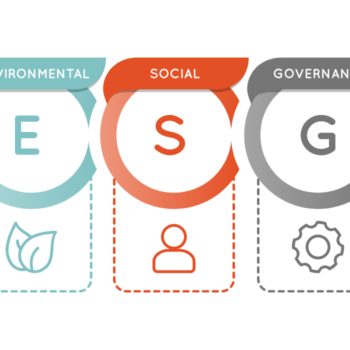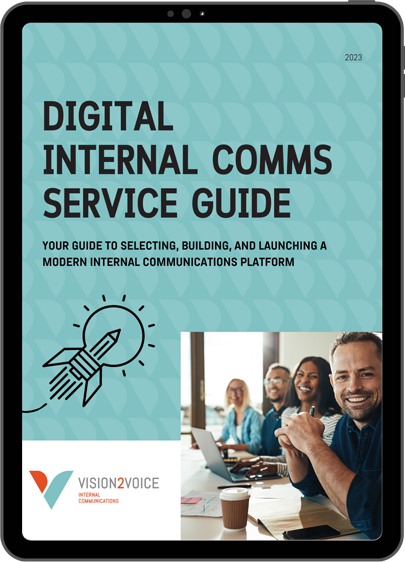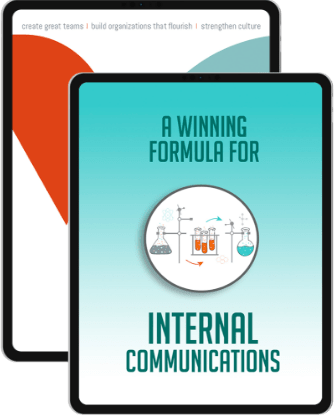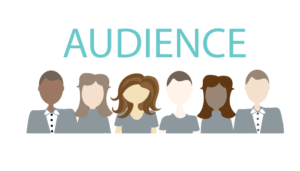
If you want to win the hearts and minds of your employees, you have to understand them first.
Research and constant listening will help you ‘step into the shoes’ of your audience so you can design content and develop messages that will have an impact. Understanding your audience also means you can use the right tactics and channels to deliver your message. Take the time to find out what their pain points are, what they love about their jobs, and what keeps them up at night.
First, the Basics!
You need to remember that your employees are people with hopes, dreams, fears, and lives away from work. Your employees are human beings – not robots!
You also need to remember that no two people are alike and a one-size-fits-all approach to communicating will not work. John in purchasing and Connie in accounts receivable probably have very different perspectives, communication preferences, etc.
I know these two points sound very obvious, but it is amazing how often communication doesn’t reflect the fact that employees are actually human beings!
Divide and Conquer
Dividing employees into audience groups is the best way of understanding employees and tailoring your messages and tactics to communicate effectively. In marketing, they call this segmenting.
There are several ways of grouping your employees and how you do this depends very much on your communication goals and the unique characteristics of your organization. For example, a large manufacturing company may have staff in the plant, engineering and technical teams, administration (purchasing, finance, human resources), distribution, sales and marketing and finally the executive team and would segment their audience accordingly. Another organization may divide its employees by generation (millennial, Gen X, Gen Y).
Once you have identified your audience groups, the real work begins – determining what motivates and matters to each group. Try to develop a thorough understanding using research, analysis, and as much listening as you can possibly manage. Incorporating as much data and information about your audience into your communication strategy is vital.
Using Personas
Creating personas can be an excellent way to understand the human side of your audience. Personas are fictional profiles of people who are part of your organization. Each persona represents a person you might find in your audience – each persona is given a name, a personal life, education background, skills, interests, habits, motivations and career aspirations. Research is critical to developing accurate personas, which provide insight into the needs, interests, and values shared by the different audience or employee groups, bringing your audience groups to life.
Employee Journey
Another tool I like to borrow from marketing is the idea of an employee journey. By mapping the employee experience and understanding various interactions or touch points the employee has with your organization, you can better design your content and ensure your timing is appropriate and relevant.
I believe that understanding your audience is absolutely essential to making sure your communication informs, involves and inspires.
Andrea says: There is a reason truck ads run during hockey games and feature lots of dirt and a guy with a really, really deep voice! The truck companies know their audience and what appeals to them.
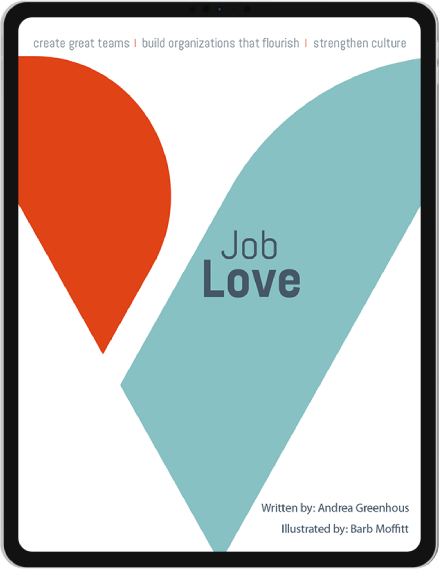
Job Love
Read The Free eBook.
This book looks at fundamental drivers of successful human relationships and applies them to the employee experience. Andrea shows how trust, respect, and even passion can be fuelled in the workplace with the right approach to internal communications.
Download the ebook